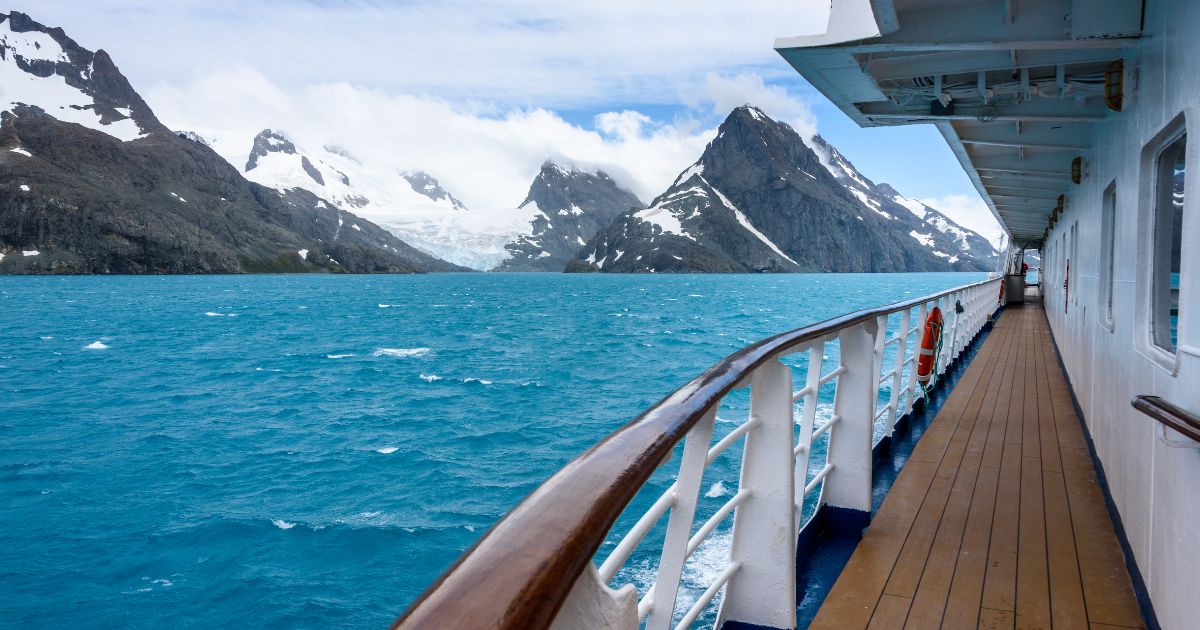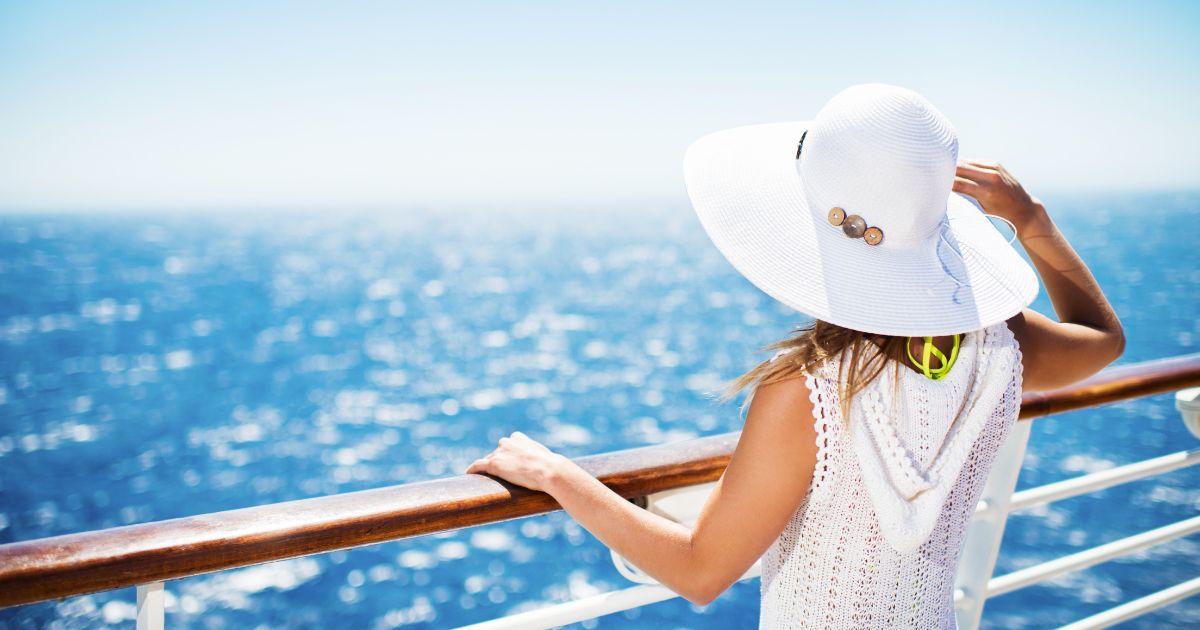
In an age where travelers are increasingly conscious of their environmental footprint, eco-friendly adventure cruises offer the perfect blend of exploration and sustainability. Instead of traditional mass-market vessels, these cruises prioritize green technology, low-impact itineraries, and authentic engagement with local communities. Whether you’re navigating remote archipelagos, snorkeling in vibrant coral reefs, or simply relaxing under the stars on solar-powered decks, a sustainable sailing experience ensures you leave only positive impressions behind.
Why Choose Eco-Friendly Adventure Cruises?
Eco-friendly cruises stand apart from conventional ocean travel in numerous ways. First and foremost, they use cleaner energy sources such as solar panels, hybrid propulsion systems, or biofuels to minimize carbon emissions. Waste management protocols onboard reduce single-use plastics and ensure recycling and composting practices are maximized. Additionally, these cruises often work hand-in-hand with environmental organizations to support marine conservation efforts, coral restoration projects, and wildlife protection initiatives. By choosing a sustainable cruise, you become a partner in preserving delicate ecosystems, empowering local economies, and fostering responsible tourism practices worldwide.
How to Select a Sustainable Cruise Line

Finding a truly eco-friendly adventure cruise requires research and attention to detail. Consider the following factors when evaluating potential operators:
- Environmental Certifications: Look for industry-recognized labels such as Green Marine, ISO 14001, or certifications from the Global Sustainable Tourism Council (GSTC).
- Energy and Fuel Sources: Prioritize ships that utilize renewable power systems, hybrid engines, or advanced hull designs to reduce fuel consumption.
- Waste and Water Management: Review onboard protocols for waste segregation, water purification, and minimal use of single-use plastics.
- Local Engagement and Fair Trade: Choose operators that partner with certified local guides, purchase fair-trade goods, and support community-led projects.
- Group Size and Vessel Design: Smaller ships or yachts typically leave a lighter footprint and offer more intimate experiences than mega-cruise liners.
Reading traveler reviews and sustainability reports can also provide insight into how transparently cruise lines communicate their environmental efforts.
Onboard Green Practices and Guest Participation
When you step aboard an eco-friendly cruise, you become part of a green community committed to leaving minimal impact. Here are key practices often implemented:
- Energy Conservation: Cabin lights and climate controls may be motion-activated or set to energy-efficient standards. Guests can participate by reusing towels and linens.
- Water Stewardship: Desalination plants aboard produce fresh water sustainably. Guests are encouraged to use refillable bottles and limit shower times.
- Waste Reduction: All waste is sorted at the source. Organic food scraps often go to onboard composting units, while plastics and paper are recycled.
- Sustainable Dining: Menus feature locally sourced, seasonal produce and responsibly caught seafood. Vegetarian and vegan options reduce ecological impact further.
- Education and Briefings: Daily presentations by marine biologists or cultural experts inform guests about ecosystem health, wildlife behavior, and cultural heritage.
Responsible Shore Excursions and Land-Based Activities

The spirit of adventure extends beyond the ship when shore excursions follow sustainable principles. To ensure your on-land activities support conservation and local communities, consider these tips:
- Choose Certified Local Guides: Engage guides who are trained in Leave No Trace principles and cultural sensitivity.
- Prefer Small-Group Tours: Smaller groups minimize environmental disturbance in fragile habitats like mangroves or coral atolls.
- Pack In, Pack Out: Always carry reusable containers or bags and collect any litter you encounter on hikes, beaches, or dive sites.
- Support Ethical Wildlife Encounters: Observe animals from a respectful distance. Avoid tours that allow touching, feeding, or riding wildlife.
- Cultural Immersion with Respect: Obtain permission before photographing local ceremonies or sacred sites. Purchasing handicrafts directly from artisans strengthens community economies.
Carbon Offsetting and Environmental Certifications
Even the greenest cruises produce some emissions. To achieve true sustainability, many operators and travelers pursue carbon offsetting and look for third-party certifications:
- Carbon Offset Programs: Invest in verified projects such as reforestation, renewable energy installations, or methane capture initiatives to neutralize emissions.
- Crew Training and Safety: Certified training ensures ship crews follow international standards for pollution prevention and fuel efficiency.
- Tracking and Reporting: Transparent annual sustainability reports detail fuel use, waste metrics, and community investments.
By selecting a cruise with credible certifications, you verify that environmental and social responsibilities are taken seriously at every level.
Packing Tips for a Low-Impact Cruise
Your packing choices can reinforce the eco-friendly ethos of your cruise. Here are essentials to include:
- Refillable Water Bottle: Essential for staying hydrated while reducing plastic waste.
- Eco-Friendly Toiletries: Biodegradable soap, shampoo bars, and reusable makeup remover pads.
- Reusable Shopping Bags: Handy for spontaneous market visits and minimizing single-use plastic.
- Multi-Use Clothing: Quick-dry, lightweight garments reduce laundry frequency and conserve water.
- Solar Charger or Power Bank: Keeps devices running without relying solely on ship power.
Dig Deeper: How to Pack for an Eco-Friendly Trip
Budgeting and Cost Considerations
While eco-adventure cruises can be priced slightly higher than standard voyages, the investment supports sustainable practices and local economies. To optimize your budget:
- Book Early or Last-Minute: Early-bird discounts and last-minute deals can yield significant savings.
- Off-Season Sailing: Shoulder seasons offer lower fares and fewer crowds without compromising wildlife sightings.
- Inclusive Packages: Look for cruise fees that include excursions, meals, and tips to avoid hidden costs.
- Join Loyalty Programs: Repeat travelers may earn credits or upgrades that lower overall expenses.
Real-Life Eco-Cruise Success Stories
Several pioneering cruise operators are leading by example. For instance, Expedition Cruises’ “Green Wake” initiative has successfully reduced plastic waste by 80 percent through onboard filtration systems and reusable dishware. Another example is Blue Horizons Yacht Charters, which partners with ocean cleanup projects and integrates carbon-neutral zero-emission days by switching to electric propulsion in protected marine areas. These programs demonstrate that thoughtful innovation and transparent reporting can yield measurable ecological benefits without compromising guest comfort.
Future Trends in Sustainable Cruising
The next frontier in eco-friendly sailing includes hydrogen fuel cell propulsion, which emits only water vapor, and fully electrified vessels powered by offshore wind farms or advanced battery storage. Shipbuilders are exploring biodegradable shipboard materials and integrated aquaponic gardens to grow fresh produce during week-long voyages. On the guest experience side, we’re likely to see regenerative tourism models that allow travelers to participate in hands-on restoration projects, like coral reef planting or mangrove reforestation. As technology and environmental awareness evolve, sustainable cruises will continue to offer innovative ways to align adventure with conservation.
Extending Green Practices Beyond the Cruise
Your commitment to sustainable travel doesn’t end when you disembark. Continue reducing your footprint by choosing eco-certified hotels, public transportation, or hybrid car rentals for land-based legs of your journey. Support local conservation projects by volunteering or donating through cruise line partnerships. Share your experiences on social media to inspire fellow travelers and hold operators accountable for their environmental promises. By weaving eco-friendly choices into every phase of your trip, you reinforce the positive impact started at sea.
Conclusion: Embrace Sustainable Sailing
Eco-friendly adventure cruises present a transformative way to explore the planet’s most pristine regions while safeguarding their future. By choosing operators with authentic green credentials, adopting responsible guest practices, and supporting local communities, each journey becomes a catalyst for positive change. Whether you’re charting polar fjords, tropical reefs, or cultural coastlines, sustainable sailing ensures your next adventure makes waves for the greater good.

















No Comments